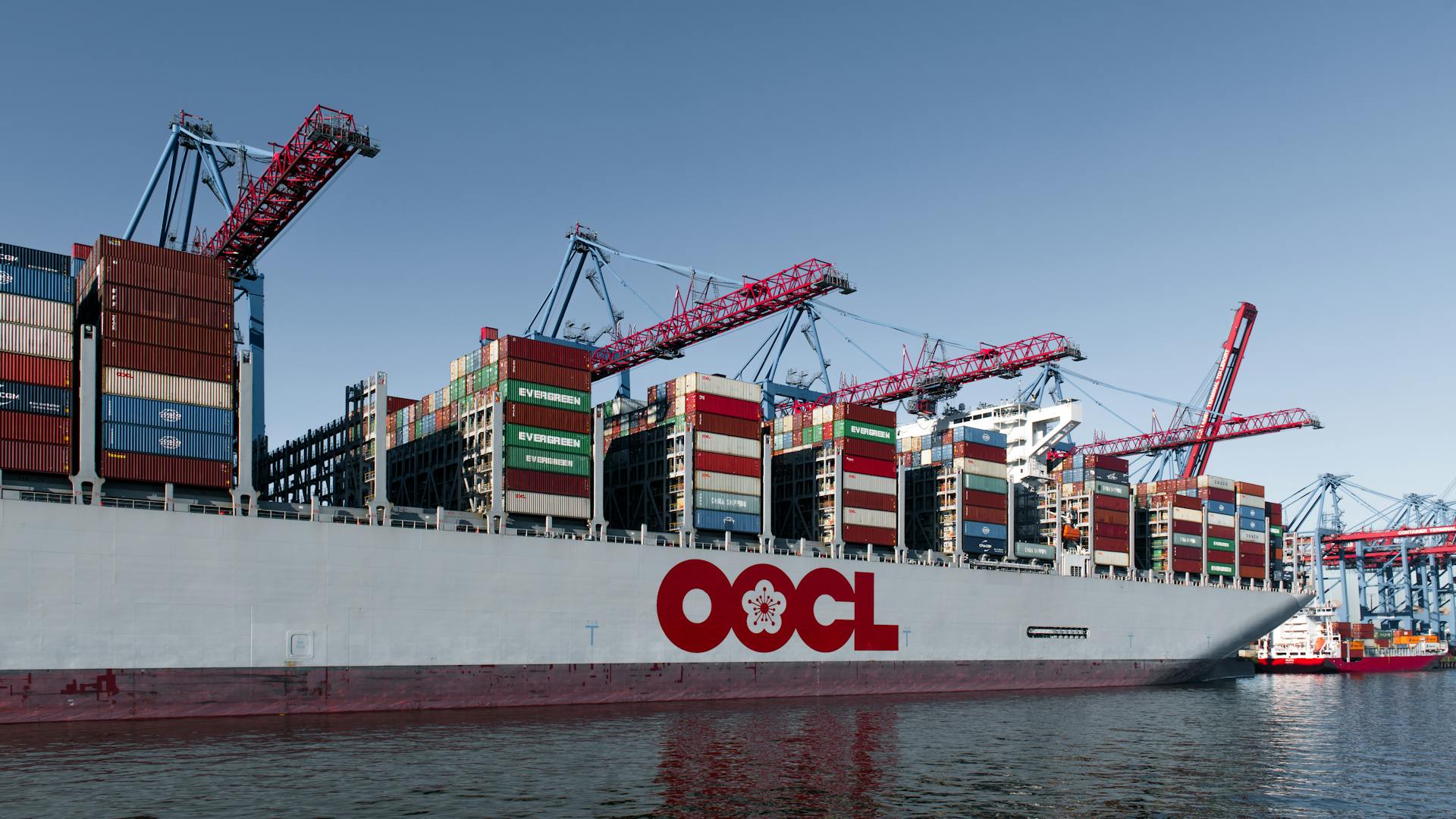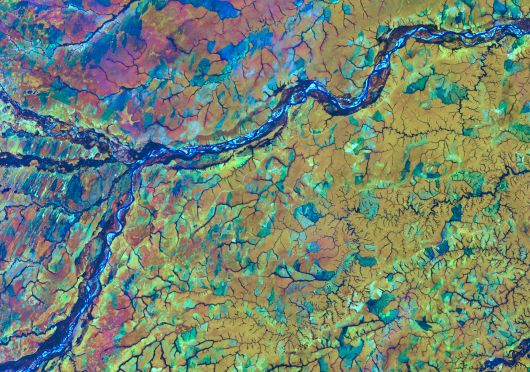In the ever-evolving landscape of corporate sustainability, understanding and managing nature-related financial risks and opportunities is paramount. This is where the Taskforce on Nature-related Financial Disclosures (TNFD) comes into play, offering businesses a guiding light in their journey towards sustainable practices.
What is TNFD?
TNFD stands for the Taskforce on Nature-related Financial Disclosures. It’s not just a tool for analyzing performance; TNFD equips companies with a practical framework, called LEAP, aiding them in enhancing their interaction with nature. This innovative approach aids organizations in locating, evaluating, assessing, and reporting nature-related risks and opportunities, fostering a more sustainable business environment.
Case Study: A Materials Sector Company’s Journey with LEAP
The video explores how a leading company in the Materials sector has successfully implemented the LEAP framework, with a helping hand from ESGSignals data and dashboard. This case study exemplifies how organizations can utilize ESGSignals to boost their sustainability practices.
Step 1: Locate
ESGSignals plays a crucial role in helping this company locate all its global assets. It provides intricate breakdowns of production processes and asset types, alongside a high-level overview of the ecosystems each asset interacts with. Moreover, ESGSignals enables users to filter locations based on specific criteria like water stress, key biodiversity areas (KBAs), and water basin areas (WBAs), thereby identifying locations most at risk.
Step 2: Evaluate
Next, ESG Signals aids in identifying crucial ecosystems for the company, offering insights into dependencies and impacts on natural resources like water and land. It gives a comprehensive view of the extent of these dependencies and how factors like climate change and land use could affect company processes.
Step 3: Assess
In the assessment phase, ESG Signals enables the company to prioritize asset assessments, uncovering potential risks and opportunities. This proactive approach ensures informed decision-making in line with the company’s ESG goals.
Step 4: Prepare
The final step involves generating vital reports through ESGSignals. These reports are pivotal for strategic decision-making, target setting, and nature-related disclosure, aligning investment choices and business management with sustainability goals.
Conclusion
In conclusion, ESGSignals, together with AssetTracker, provides comprehensive insights aligned with the LEAP framework. It’s a versatile tool beneficial not just for the Materials sector but also for financial companies and investors, allowing the creation of customized dashboards with relevant environmental metrics. ESGSignals stands as a beacon for organizations striving to understand and manage their nature-related risks and opportunities, paving the way for a more sustainable business world.


















